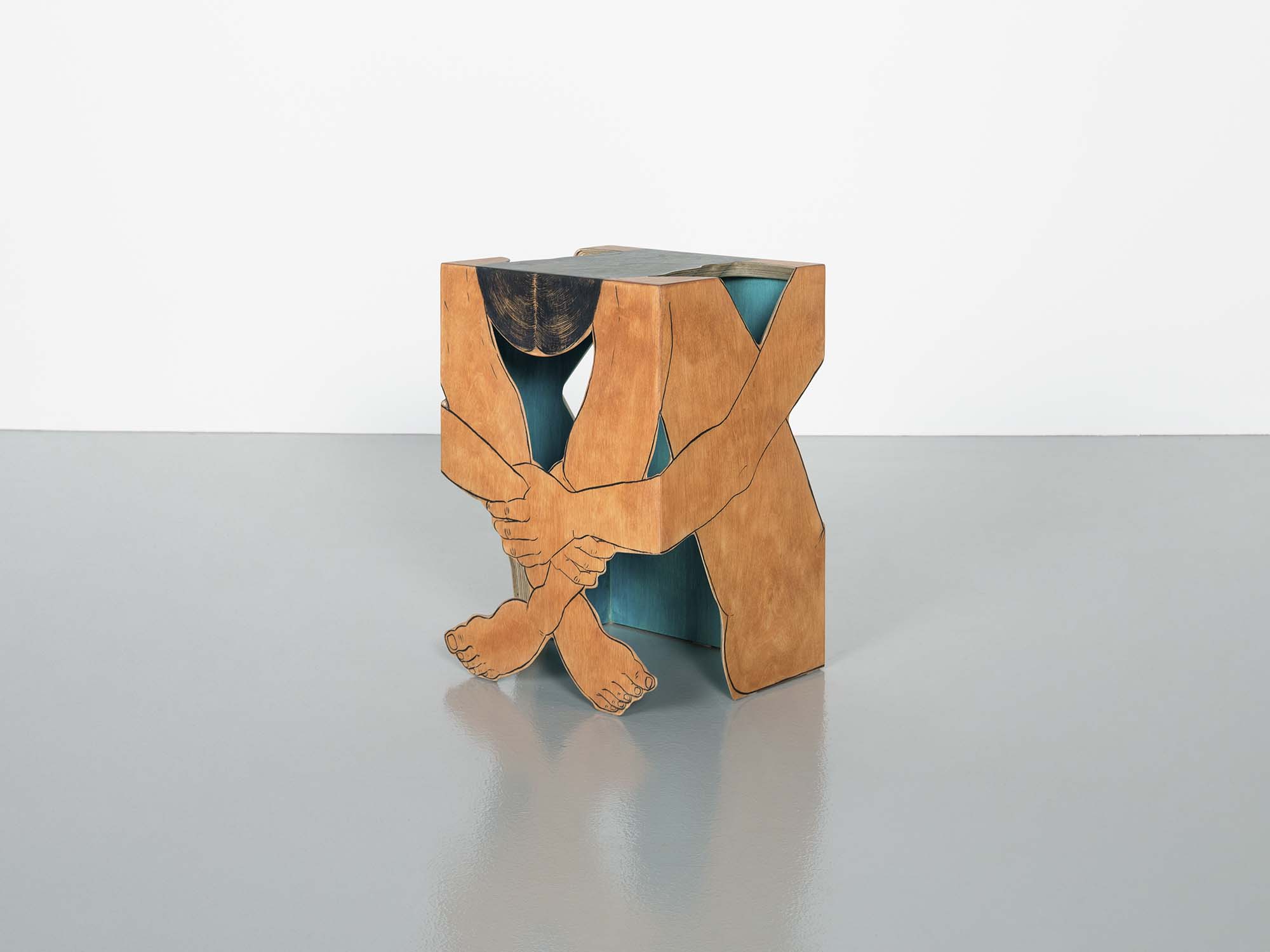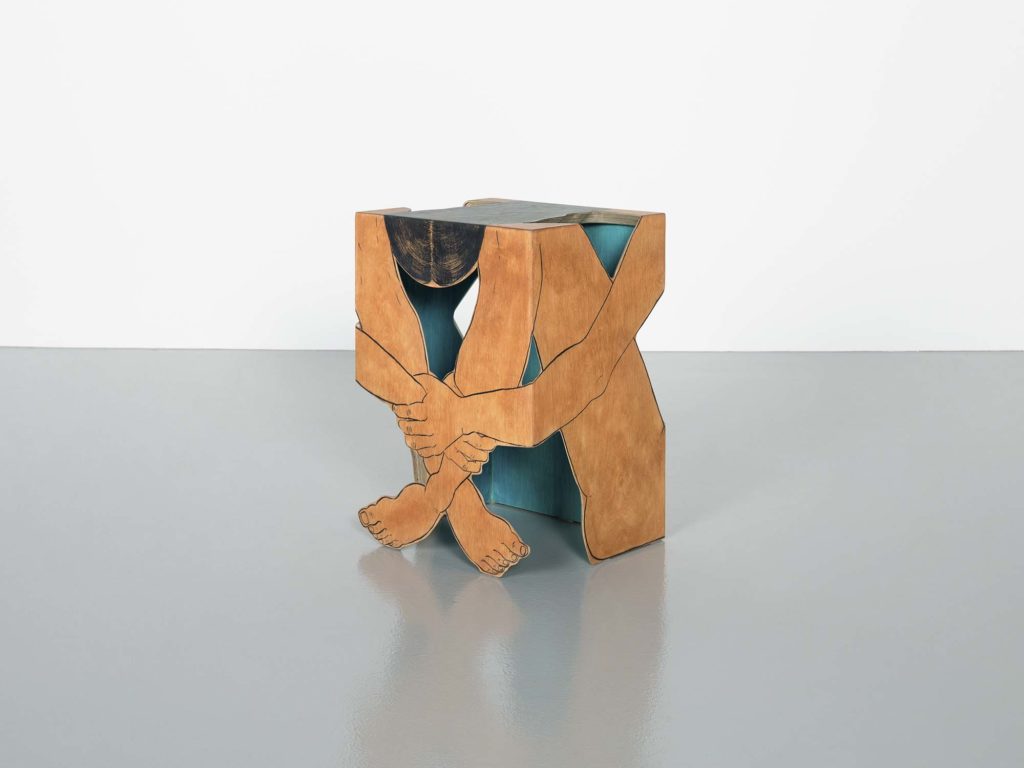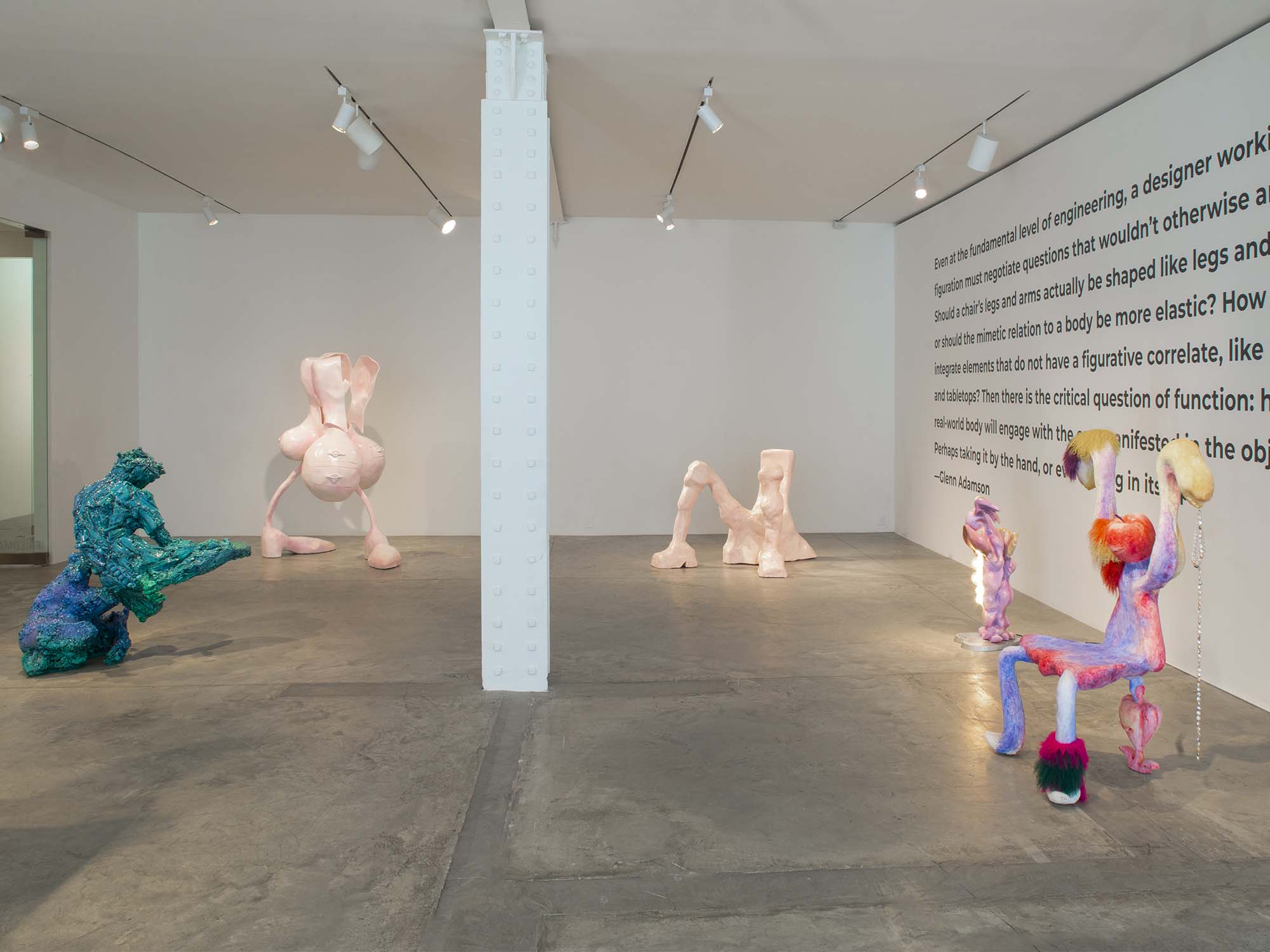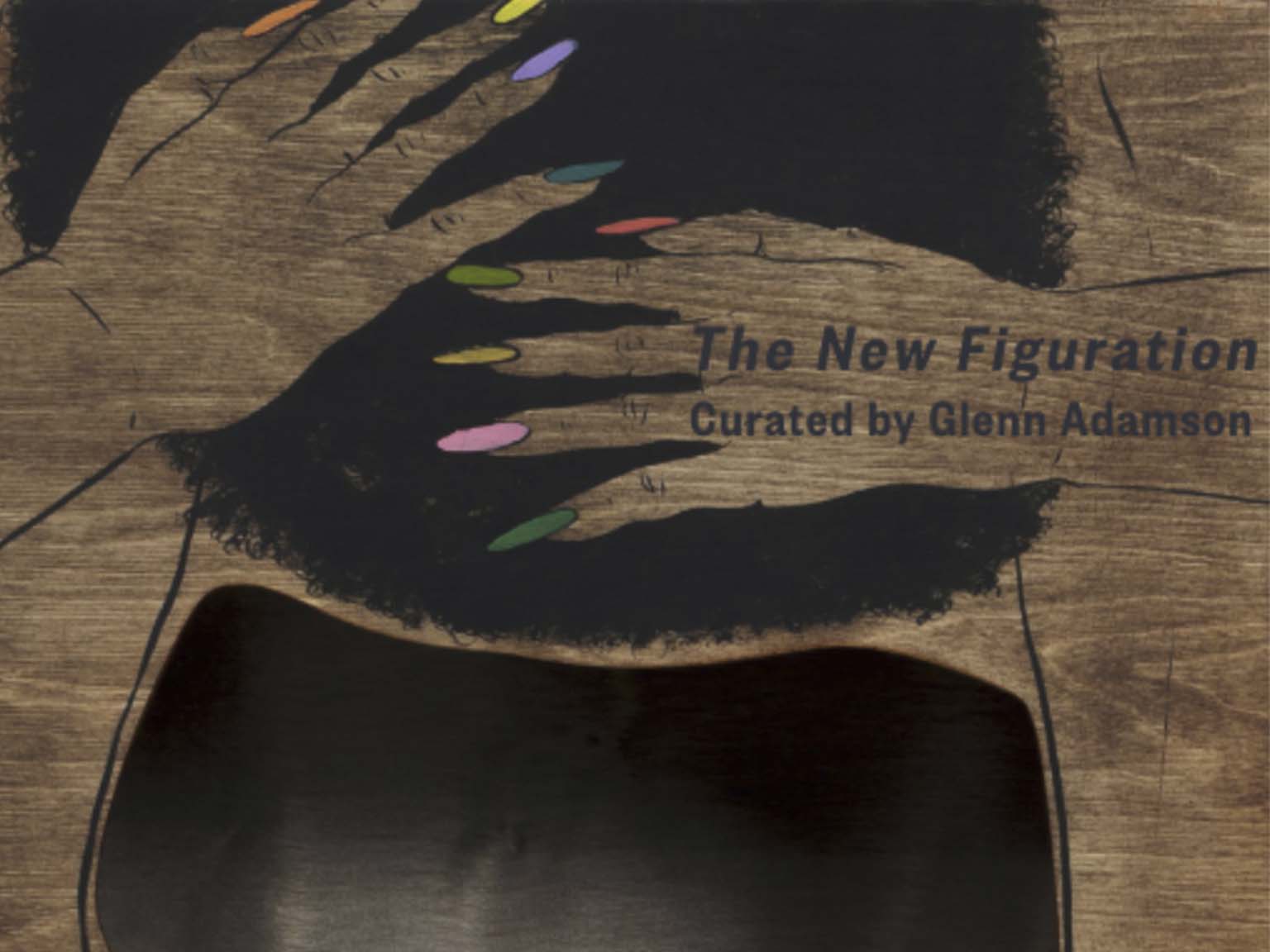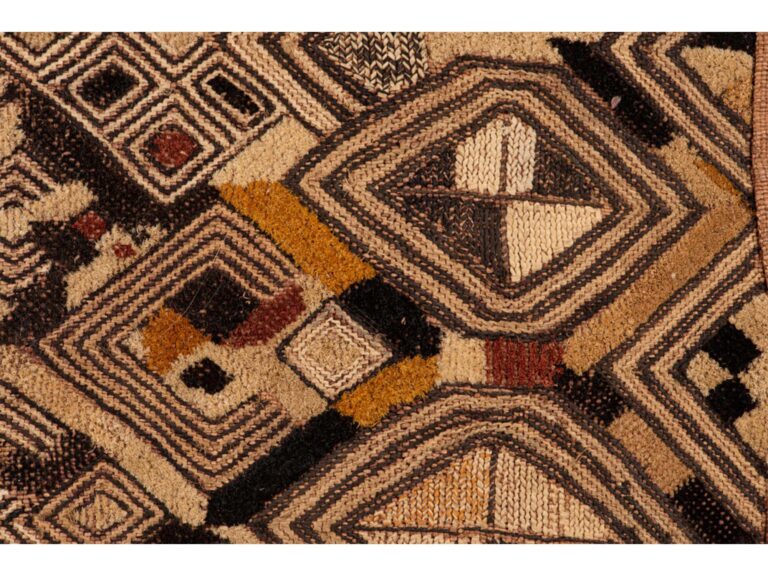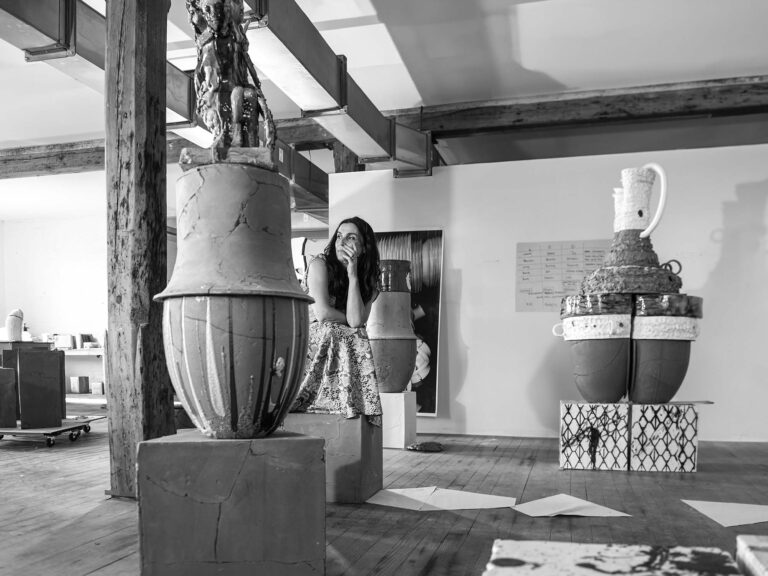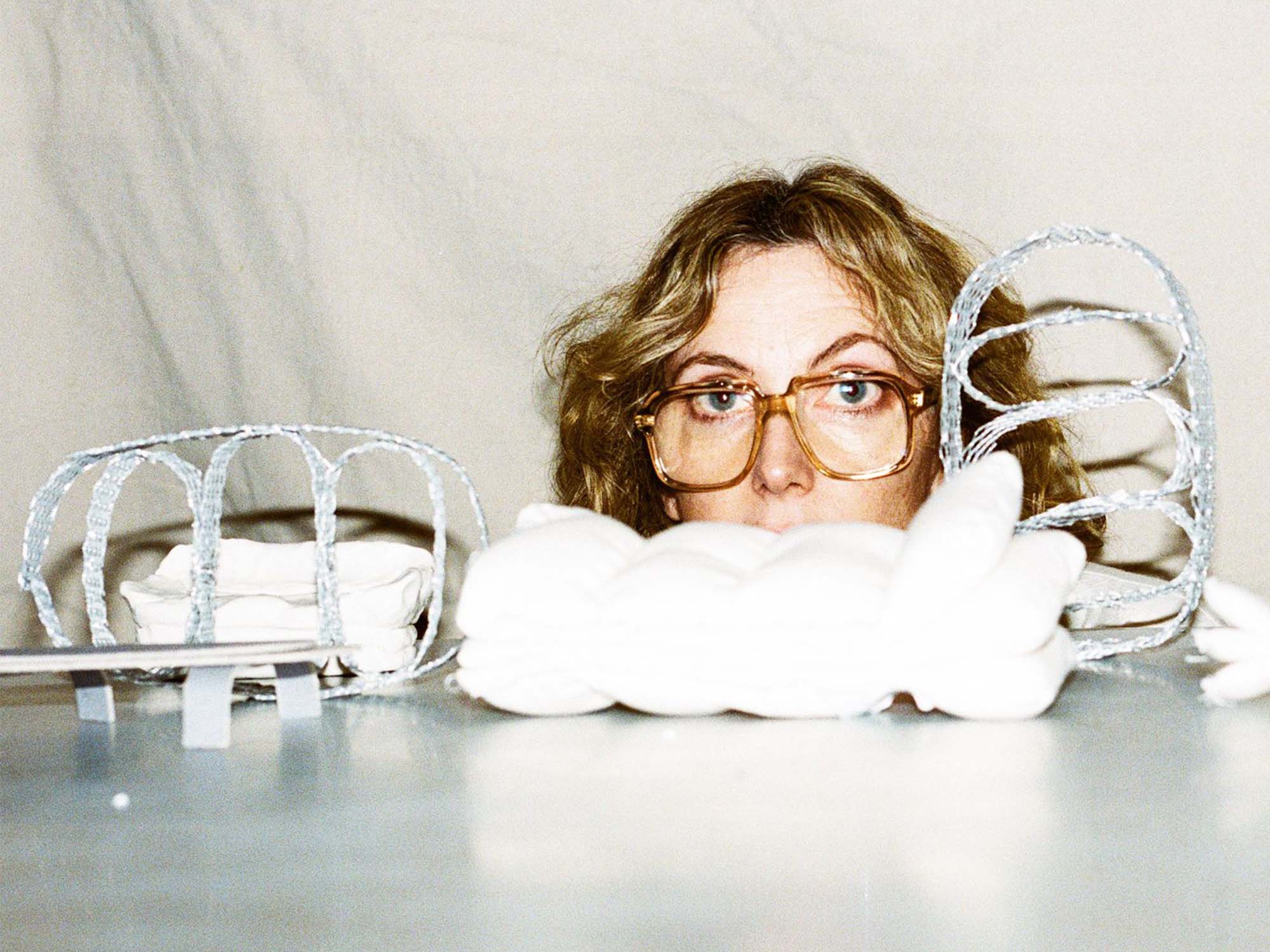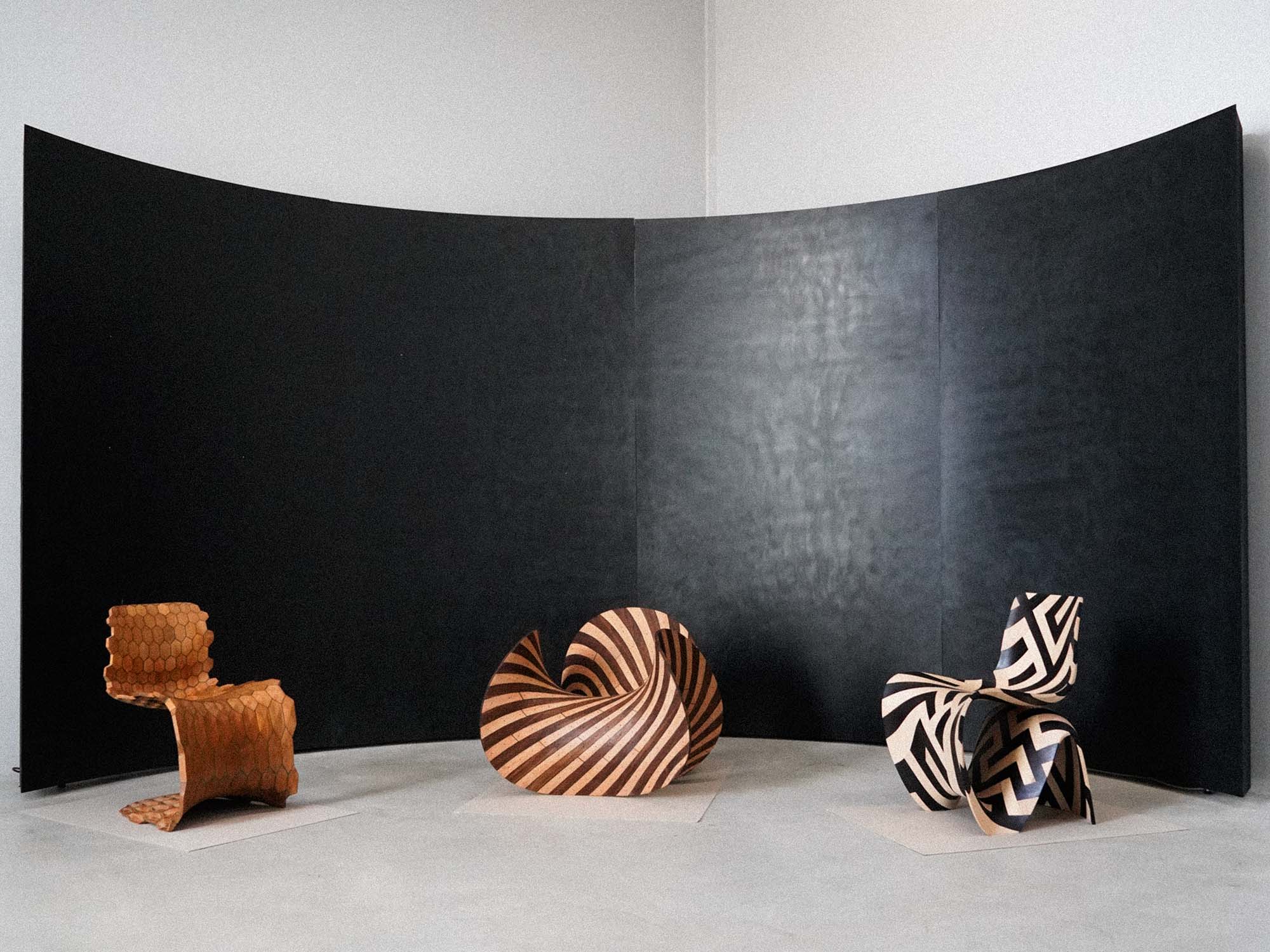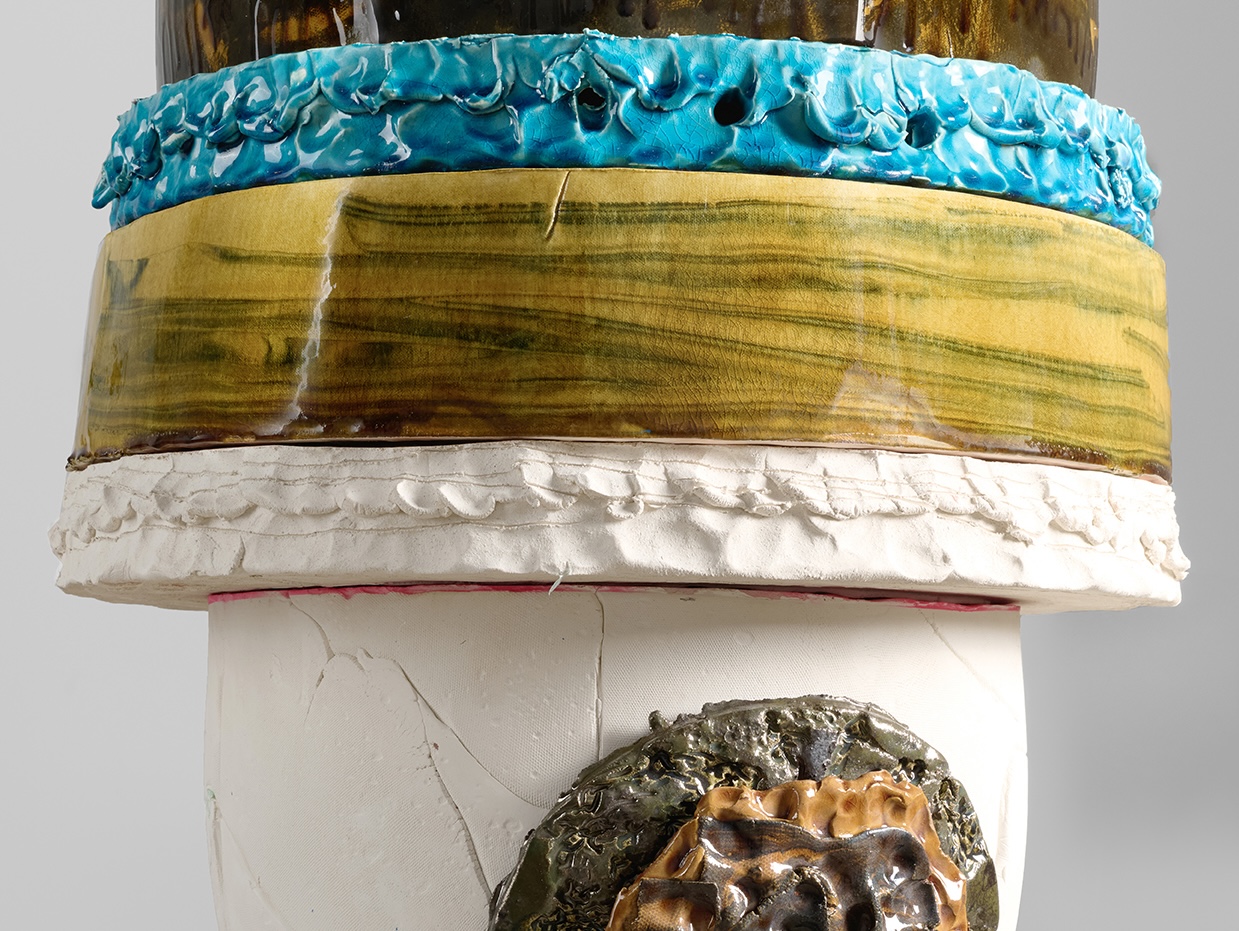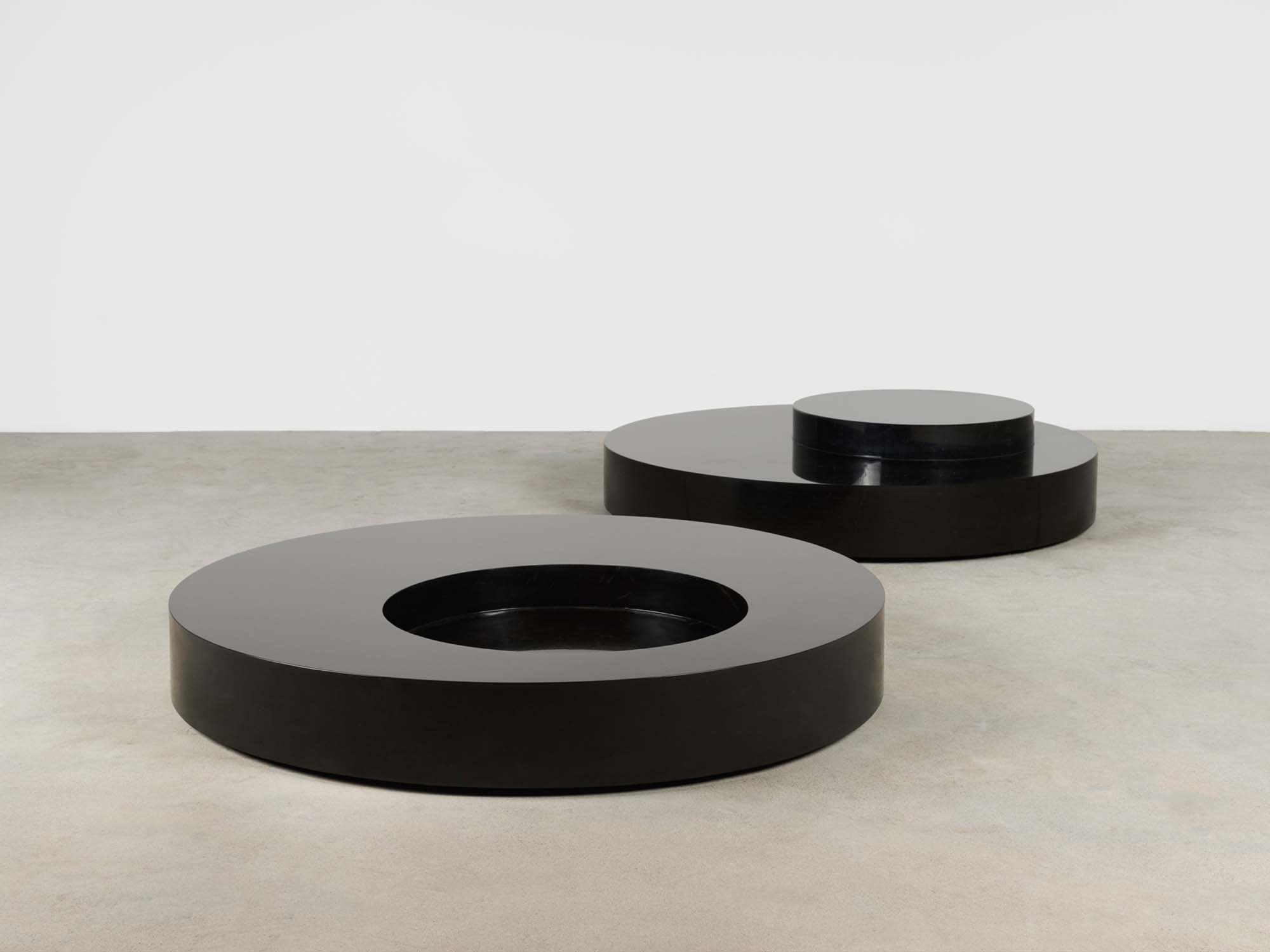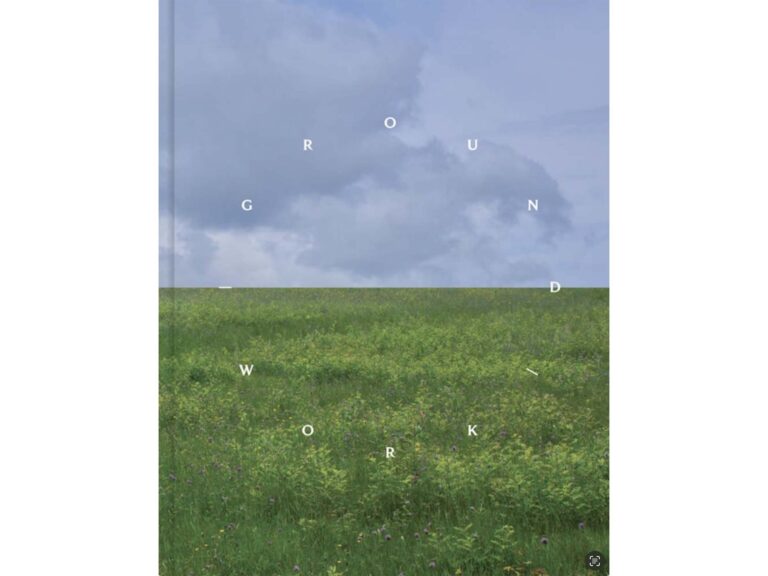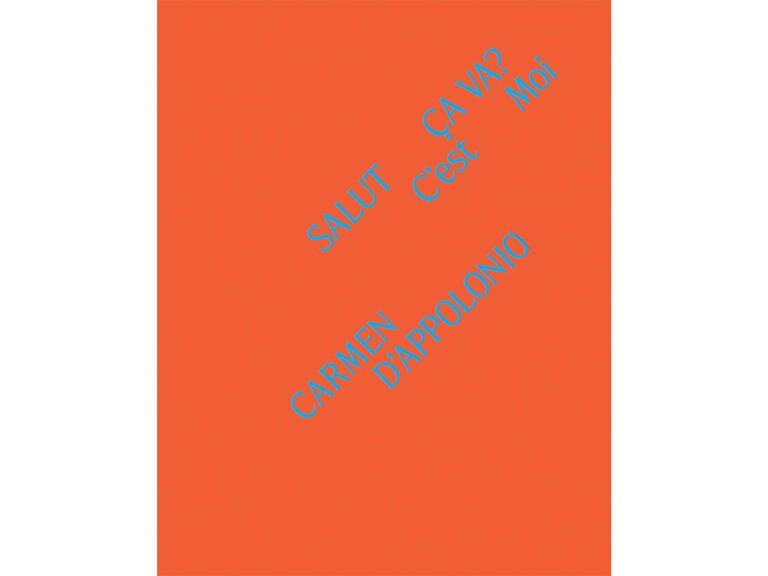Born in 1982 in Spain, Saelia Aparicio is a London-based Spanish artist who completed her MA in Sculpture at the Royal College of Art in 2015. Her multidisciplinary work dwells on ideas of the organic, establishing analogies between corporeal and social mechanisms. For Aparicio, the body is a malleable source of wonder and horror in her practice that spans large-scale mural drawings and sculptures that often feature modified found objects and mouth blown glass. Aparicio’s concern for the bodily impact of daily life, the environment, disease and age is disguised by her humor and formal languages inspired by comic books and cartoons.
In 2019, Aparicio won Generaciones 2019, one of the most prestigious awards for emerging artists in Europe, and was commissioned by the Serpentine Gallery to make the film ‘Green Shoots’ for their General Ecology symposium and research project, ‘The Shape of a Circle in the Mind of a Fish with Plants’ in London.
Saelia Aparicio operates within the paradoxical spaces that we can find in what we consider the normal and the everyday, using a unique symbolic system to represent, but also to digest, a stark reality. The artist creates a speculative universe for the audience and invites them to imagine with her, creating an ecosystem of characters and situations that drives us, without guiding us, into this fascinating thing we call present. From invasive species, to housing problems, pollution or climate crisis, her work navigates within this convoluted momentum using whispers instead of statements, talking through the materials she uses, the objects she builds, the shapes she creates. This produces in the visitor the aim to imagine and think collectively about alternative futures.
Her sculptures, videos and installations shape a fictional world. A world that filters between the cracks of collective imagination to exist in an in-between space, presenting hybrid bodies, built upon semantically loaded materials where what is human or not human blurs.
The language Aparicio creates inhabits an interstitial space in which a plant can caress a foundation, in which an empty house can feel the warmth of the people that it is no longer housing. In her work what is terrifying is revealed with a sense of humour, in this way destabilising our perception and inviting us to take a journey where other rules apply. A journey in which we can be plants or concrete, spores or microplastics, a journey in which we have to let ourselves go.
